Samsung Galaxy S20 Ultra vs. iPhone 11: An In-Depth Comparison
In the ever-evolving world of smartphones, two giants stand out: Samsung and Apple. Their flagship devices often set the tone for the industry, pushing boundaries in design, technology, and user experience. The Samsung Galaxy S20 Ultra and the Apple iPhone 11 represent the pinnacle of their respective lineups at their time of release, and even years later, they remain relevant choices for many users.
This article delves deep into a head-to-head comparison of these two devices, examining their strengths, weaknesses, and the unique philosophies that underpin their design. Whether you’re a tech enthusiast, a potential buyer, or just curious about how these titans stack up, this comprehensive guide will provide the insights you need.
1. Design and Build Quality
Samsung Galaxy S20 Ultra
The S20 Ultra is a statement piece. With its massive 6.9-inch display, it’s one of the largest mainstream smartphones ever made. The device features a glass front and back (Gorilla Glass 6) with an aluminum frame, giving it a premium feel. Its camera module is particularly noteworthy—large and protruding, housing some of the most advanced optics in the industry.
The S20 Ultra’s design is modern and futuristic, with minimal bezels and a tiny punch-hole camera at the top center. It’s available in a range of subdued colors like Cosmic Black and Cosmic Gray, emphasizing sophistication over flamboyance.
Pros:
Premium materials and construction
IP68 water and dust resistance
Large, immersive display
Cons:
Bulky and heavy (222g)
Pronounced camera bump
Slippery without a case
iPhone 11

Apple took a more conservative approach with the iPhone 11. It features a 6.1-inch Liquid Retina HD LCD, sandwiched between a glass front and back (with strengthened glass) and an aluminum frame. The phone is more compact and lighter than the S20 Ultra, making it easier to handle with one hand.
The iPhone 11’s design is instantly recognizable, with its rounded corners, slim profile, and dual rear cameras arranged in a square module. Apple offers a wide range of vibrant colors, appealing to a younger, more playful demographic.
Pros:
Comfortable size and weight
Wide color selection
IP68 water and dust resistance
Cons:
Larger bezels compared to S20 Ultra
LCD display instead of OLED
Less premium feel due to aluminum frame
Verdict
The S20 Ultra is for those who want cutting-edge design and don’t mind the extra heft. The iPhone 11, on the other hand, prioritizes comfort and approachability. Both are well-built, but the S20 Ultra feels more futuristic, while the iPhone 11 is timeless and friendly.
2. Display
Samsung Galaxy S20 Ultra
Samsung’s expertise in display technology is evident in the S20 Ultra’s Dynamic AMOLED 2X panel. Measuring 6.9 inches with a QHD+ resolution (3200 x 1440), it supports HDR10+ and boasts a 120Hz refresh rate (at FHD+ resolution). The result is stunning visuals: vibrant colors, deep blacks, and ultra-smooth animations.
Key Features:
6.9″ Dynamic AMOLED 2X
3200 x 1440 resolution (511 ppi)
120Hz refresh rate
HDR10+ support
iPhone 11
The iPhone 11 uses a 6.1-inch Liquid Retina HD LCD with a resolution of 1792 x 828 (326 ppi). While it doesn’t match the S20 Ultra in terms of sharpness or refresh rate, Apple’s color calibration ensures accurate and pleasing visuals. The display supports True Tone and wide color (P3), making it great for everyday use.
Key Features:
6.1″ Liquid Retina HD LCD
1792 x 828 resolution (326 ppi)
60Hz refresh rate
True Tone and wide color (P3)
Comparison
The S20 Ultra’s display is superior in almost every aspect—resolution, technology, refresh rate, and color vibrancy. The iPhone 11’s display is good but feels dated next to Samsung’s powerhouse.
3. Performance
Samsung Galaxy S20 Ultra
The S20 Ultra is powered by the Exynos 990 (global) or Snapdragon 865 (USA), paired with up to 16GB of RAM and 128/512GB of storage (expandable via microSD). It’s a multitasking beast, capable of handling demanding games, video editing, and more.
Performance Highlights:
Exynos 990 or Snapdragon 865
12/16GB RAM
128/512GB storage + microSD
Mali-G77 MP11/Adreno 650 GPU
iPhone 11
Apple’s A13 Bionic chip is a marvel of engineering. Despite having “only” 4GB of RAM, the iPhone 11 outperforms many Android phones in real-world tasks and benchmarks, thanks to iOS optimization. Storage options include 64GB, 128GB, and 256GB (no microSD).
Performance Highlights:
Apple A13 Bionic
4GB RAM
64/128/256GB storage
Apple-designed GPU
Benchmark Results
Geekbench 5 (Multi-Core):
S20 Ultra: ~3200
iPhone 11: ~3500
AnTuTu:
S20 Ultra: ~500,000
iPhone 11: ~450,000
Real-World Use
Both phones handle daily tasks effortlessly. The S20 Ultra’s extra RAM helps with intense multitasking, while the iPhone 11’s efficiency shines in gaming and sustained performance. App loading times are similar, but the iPhone 11 occasionally feels snappier due to iOS optimizations.
4. Camera Systems
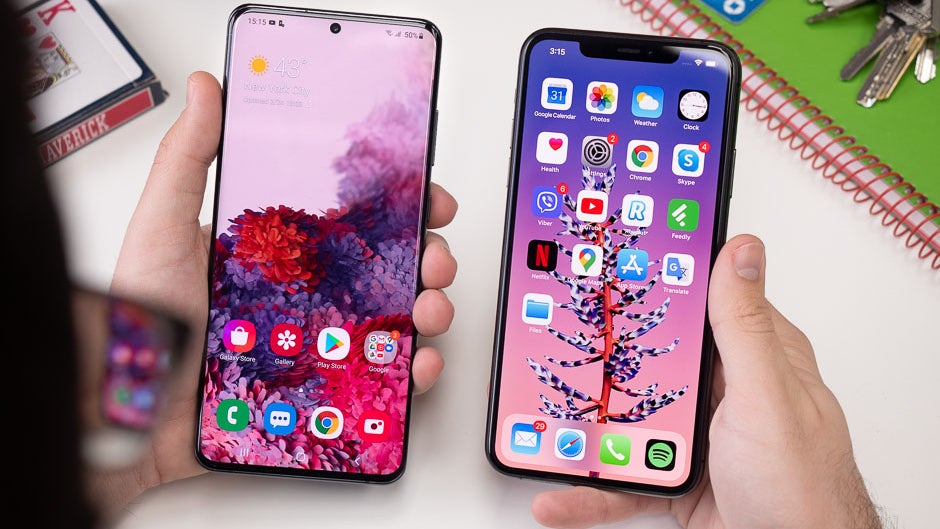
Samsung Galaxy S20 Ultra
The S20 Ultra’s camera system is its headline feature:
108MP main sensor (f/1.8, OIS)
48MP periscope telephoto (10x hybrid optical zoom, up to 100x digital zoom)
12MP ultra-wide (f/2.2)
DepthVision (ToF) sensor
The S20 Ultra excels in versatility. The 108MP sensor captures incredible detail, while the periscope lens enables impressive zoom capabilities. Night mode, Single Take, and Pro Video features further enhance its prowess.
Strengths:
Unmatched zoom range
High-resolution photos
Advanced video features (8K recording)
Weaknesses:
Focus issues at launch (mostly resolved via updates)
Over-processing in some scenarios
iPhone 11
The iPhone 11 sports a dual-camera setup:
12MP main sensor (f/1.8, OIS)
12MP ultra-wide (f/2.4, 120° FOV)
While less versatile than the S20 Ultra, the iPhone 11’s cameras deliver consistent, true-to-life images. Apple’s Deep Fusion and Smart HDR technologies excel in challenging lighting. Night mode is impressive, and video recording is industry-leading in terms of stability and color accuracy.
Strengths:
Consistent color science
Excellent video recording (4K60)
User-friendly camera app
Weaknesses:
No telephoto lens
Lower resolution
Comparison
The S20 Ultra wins in hardware and versatility, but the iPhone 11’s consistency and color accuracy are hard to beat. For professionals and enthusiasts, the S20 Ultra offers more tools; for casual users, the iPhone 11 is reliable and easy to use.
5. Battery Life and Charging
Samsung Galaxy S20 Ultra
Battery: 5000mAh
Charging: 45W wired, 15W wireless, 4.5W reverse wireless
The S20 Ultra’s massive battery matches its powerful hardware. With moderate use, it lasts a full day easily, though heavy use of 120Hz and 5G can drain it faster. Fast charging is a standout—0 to 100% in about an hour.
iPhone 11
Battery: 3110mAh
Charging: 18W wired, 7.5W wireless
Despite a smaller battery, the iPhone 11’s efficiency allows it to last a day and sometimes more. It lags behind in charging speed, taking over 1.5 hours for a full charge.
Comparison
The S20 Ultra offers longer endurance and faster charging, but the iPhone 11 is no slouch thanks to iOS optimization. Wireless charging is present on both, but reverse wireless charging is exclusive to the S20 Ultra.
6. Software and Ecosystem
Samsung Galaxy S20 Ultra
OS: Android 10 (upgradable), One UI 2.x
Features: Customizable UI, Samsung DeX, extensive settings, and features
Samsung’s One UI is feature-rich, offering extensive customization and multitasking tools. The Android ecosystem allows for flexibility and a wide range of app choices. Samsung’s update policy has improved, but lags behind Apple.
iPhone 11
OS: iOS 13 (upgradable to latest iOS)
Features: Seamless integration with Apple ecosystem, regular updates, privacy focus
Apple’s iOS is known for its simplicity, security, and smoothness. Updates are timely and long-lasting. The Apple ecosystem—AirPods, Apple Watch, Mac, iPad—is unmatched for those already invested in it.
Comparison
Android (S20 Ultra) offers more freedom and features, while iOS (iPhone 11) excels in reliability, polish, and ecosystem integration. The choice depends on personal preference and existing device ownership.
7. Additional Features
S20 Ultra
5G connectivity
Expandable storage
Reverse wireless charging
Samsung DeX desktop mode
iPhone 11
Face ID facial recognition
Haptic Touch
Seamless AirDrop and Handoff
8. Price and Value
At launch, both phones were expensive, but the S20 Ultra was notably pricier. Today, both can be found at significant discounts on the used or refurbished market.
S20 Ultra: Higher initial cost, more features
iPhone 11: Lower cost, longer software support
9. Longevity and Updates
Apple supports its phones for 5+ years, ensuring the iPhone 11 remains relevant longer. Samsung has improved its update policy but still trails Apple.
10. User Experience
S20 Ultra: Power-user’s dream, best for those who want every feature
iPhone 11: Reliable, easy to use, great for everyone
Samsung Galaxy S20 Ultra is for those who want the biggest, most feature-packed phone, with a stunning display, versatile cameras, and blazing performance. iPhone 11 is for those who value simplicity, reliability, and seamless integration with other Apple products.
Choose the S20 Ultra if:
You want the best display and camera hardware
You need features like expandable storage or 5G
You prefer Android’s flexibility
Choose the iPhone 11 if:
You want a phone that “just works”
You value long-term software support
You’re invested in the Apple ecosystem
Both are excellent devices, and the right choice depends on your priorities. In a rapidly changing tech landscape, both the S20 Ultra and iPhone 11 stand as testaments to their makers’ visions—one of boundless possibility, the other of refined simplicity.
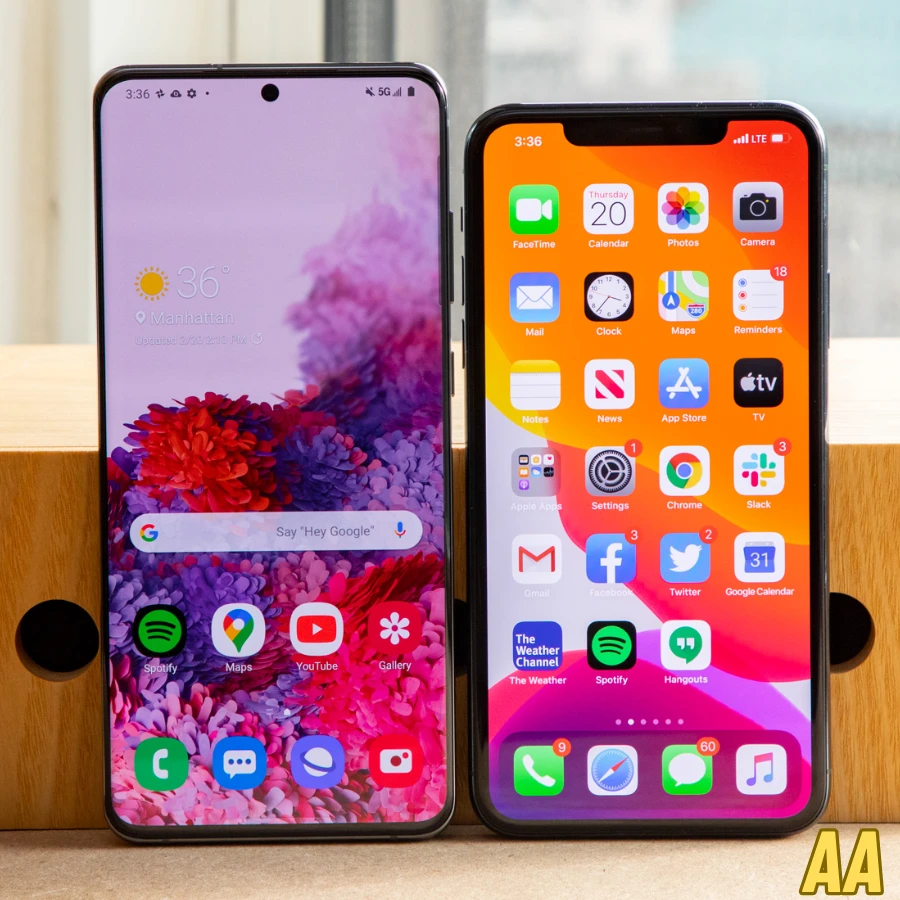
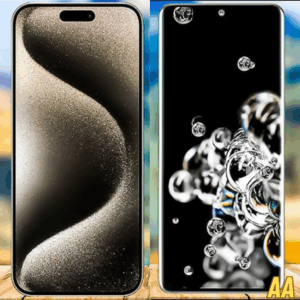

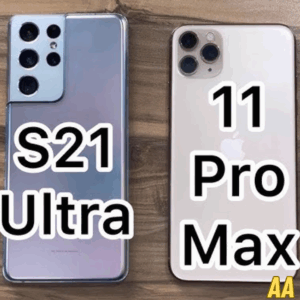
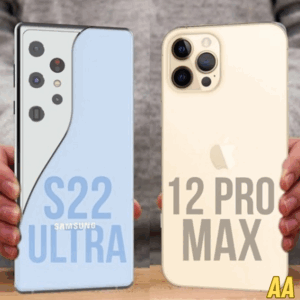

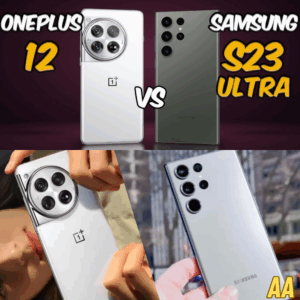
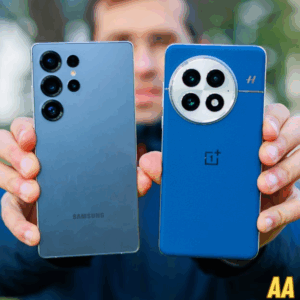
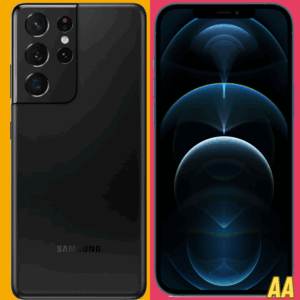
Trackbacks and Pingbacks